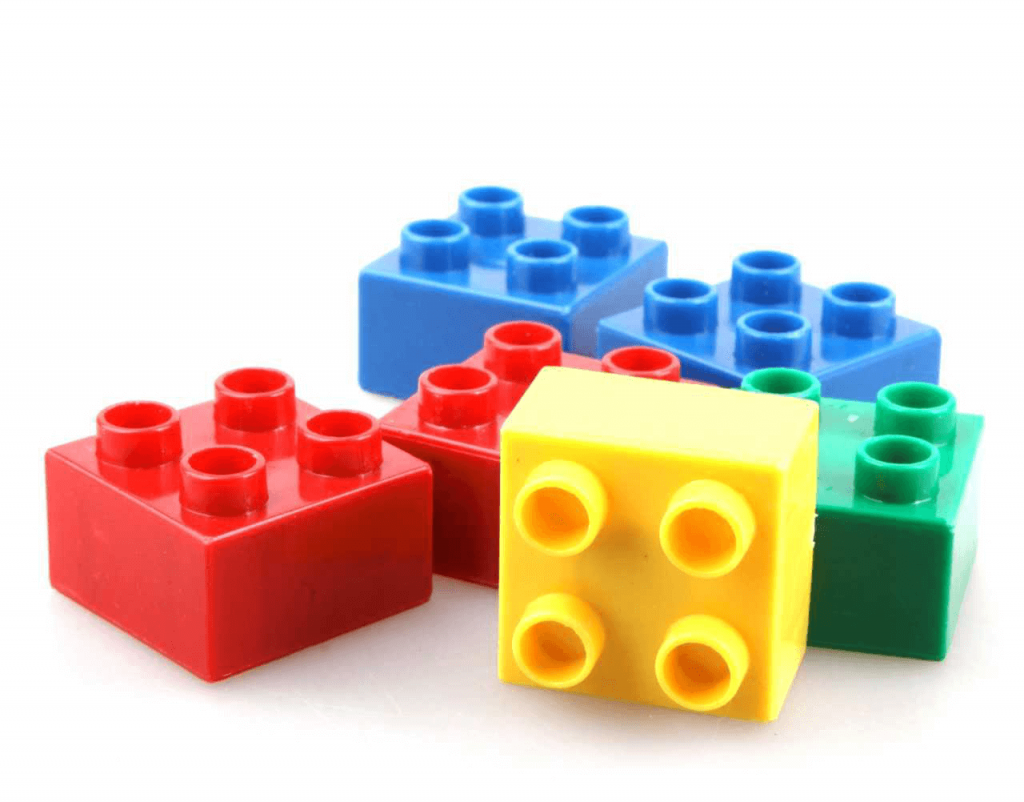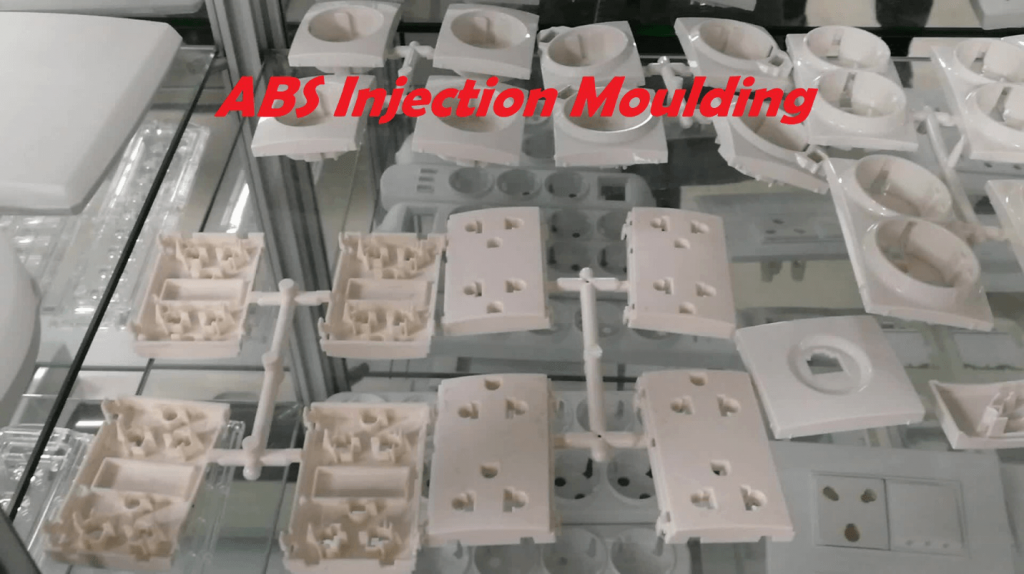ABS Plastic Molding Manufacturers: What can be Molded using ABS Plastic
What can ABS Plastic Molding Manufacturers Mold from ABS Plastic?
Acrylonitrile butadiene styrene (ABS) is among the most common type of thermoplastic polymers that ABS plastic molding manufacturers use around the globe for numerous commercial, domestic, and industrial applications.
ABS plastic offers a number of benefits, thus making it the first choice for moulding purpose. What more is that the plastic comes with robustness and outstanding quality. Its attributes further enhance its appeal. With ABS, it is possible to create almost any sort of design and shape.
In this blog post, we are going to talk about the different applications of ABS plastic. We will shed light on what the manufacturers can mold using one of the best plastic types. So, without any further delay lets us get started!

ABS Plastic Moulding Manufacturers: Molding ABS
History
If you think that ABS is a new form of plastic, you need to revisit the plastic industries’ history. You can trackback the history of ABS to the 1940s. At that time, it was popular among the manufacturers to use styrene-acrylonitrile copolymers.
The material might increase the hardness over styrene, yet it was highly suitable for a number of applications. Even now, this material has several mechanical and physical limitations. These limitations would have rendered the material useless until it led to the creation of butadiene, monomer, and ABS.
ABS came into existence in 1950, and since then it has become a huge success. Molding manufacturers around the world use for a wide range of components and parts. It is the most sought engineering polymers.
There are three main individual components of ABS plastic. The combination of these unique characteristics contributes to the overall effectiveness and efficiency of the product. They enhance the quality of ABS to a great extent.
The three components: Acrylonitrile, Butadiene, and Styrene makes the ABS plastic the best.
Acrylonitrile
This component is responsible for providing thermal and chemical resistance.
Butadiene
The strength of the ABS plastic comes to form this particular component. It makes it robust and sturdy.
Styrene
It adds to the aesthetic sense of the final product. The glossy finish of the final product is due to the presence of styrene.
Properties of ABS Plastic
The thermoplastic property of ABS is among its most defining characteristics. Abs thermoplastic is polymers. These polymers tend to melt after a certain temperature. They become pliable and soft. Once you give them time to cool, they would solidify again.
Thus, it is possible to re-melt and re-mold the thermoplastics as many times as you like, with little to no degradation to its mechanical properties. This is something manufacturers are looking for today. After all, every industry needs to go green in every possible way.
You would not acquire the same result using the thermoset plastic. In this case, when you heat the plastic it burns. Due to its ability to take be reshaped, it is popular among injection moulding manufacturers.
Physical and Mechanical Properties
ABS comes with a number of desirable mechanical as well as physical properties. Most of these properties are superior to several other popular polymer materials. Some of these properties include hardness, toughness, chemical resistance, heat resistance, impact resistance, tensile strength, and abrasion resistance.
It is also possible to improve specific properties of ABS via adjusting its chemical composition. Thus, allowing you to gain access to different grades of material that are suitable for different applications.
Some other exceptional properties of this amazing material include
- Receptive to adhesives
- Receptive to paints
- Lustrous aesthetic qualities
- Excellent machinability
- Rigidity
- Compressive strength
- Electrical insulation
- Dimensional stability
Injection Parameter for ABS Product
Plasticizing Temperature
ABS resin temperature range from 180 to 280°C. The exact temperature is defined by the type of raw materials that the manufacturer uses in the product. For certain application, adjustment is imperative. For instance, in the case of heated resin, the manufacturer would have to use a higher temperature.
However, for a general-purpose resin, the temperature needs to be lower. It is important to control and retain different temperatures throughout the injection moulding process of ABS. For example, the temperature should be between 180 to 230°C for barrel application. It should range between 190 to 220°C for the nozzle. However, in case of a high flow resin, the nozzle temperature would be between 170 to 180°C.
ABS Plastic Molding Manufacturers – Moulding Machine Injection Pressure
In most cases, manufacturers use injection pressure between 60 to 150 MPa for ABS resin melt. In the case of the injection-molded product requires a thick wall and it has a large gate size, then the injection pressure can vary from 70-100 MPa.
Likewise, when there is a longer melt flow, the injection-molded product is small and the manufacturer is using heat-resistant resin, then the injection moulding machine requires a pressure of 120 to 150 MPa.
You also need to take care of the hold pressure of the injection moulding machine. In most cases, the holding pressure of the machine is between 60 to 70 MPa. This pressure is for products that have small internal stress. In most cases, melt injection speed is usually low or medium paces.
NOTE: The Resin type has a great impact on all aspects of the injection moulding speed.
Mold Temperature
Controlling the temperature of the ABS mold is also imperative to ensure accurate and high-quality parts or components. In most cases, the coal body forming a mold of ABS is controlled within a temperature range of 40 to 80°C.
NOTE: When you use high mold temperature, it would lead to smaller internal stress of the product, better melt filling quality, and good product appearance.
Although, high-temperature molds are effective, but there needs to be an upper bound. If the ABS plastic molding manufacturers increase the mold temperature beyond the upper limit it would result in shrinkage of the product.
In addition, this product would easily be deformed once you demold it. Furthermore, the manufacturing cycle time of the product increases, thus resulting in additional energy and money. Therefore, it is imperative to ensure that the die moulding temperature for an ABS product is within range.
In general, the manufacturer keeps the temperature between 40 to 60°C.
ABS Plastic Moulding Manufacturers – Applications/ Industries
Due to the machinability of relatively low cost and exceptional properties, ABS is the perfect material for a number of applications. The use of ABS is so widespread, that you would be interacting with one, without knowing about it.
Everything from cell phone housings, radio, toolboxes, furniture, power tools, kitchen appliances, and luggage, as well as the reproduction of prototypes, is possible due to this powerful material. Its receptiveness to paints, dimensional stability, and adhesives make it an excellent choice.
The use of ABS is not limited to domestic and home products. On the contrary, several industries use it every day. Below, we have listed some of these industries.
Food Industry
FDA approves of ABS for food contact application including food packaging and appliances. Therefore, making it the prime choice of people in the food industry as well as the packaging world.
Aerospace
ABS parts are found both on the exterior as well as the interior of the areophane. They are part of different types of aircraft. A common example of these components includes cockpit visors, signage, seating parts, cargo containers, and the luggage bins.
Automotive
The automotive industry is incorporating ABS into their cars to make them lightweight. At the same time, ABS is effective for improving fuel efficiency. Some of the common ABS automotive components include body parts, wheel covers, dashboards, and trimmings.

Pharmaceutical and Medical
Since the medical grades of ABS have improved biocompatibility, therefore, they are excellent for medicine administering devices as well as for food. You will also find ABS an important material for the manufacturing of housing and cases of numerous medical devices.
Toys
ABS is extremely common for creating children’s toys as it has a durable nature and is non-toxic. For instance, it is used for creating action figures, Legos, or tricycles among others.
In addition, ABS plastics are common for 3D printing as well.



